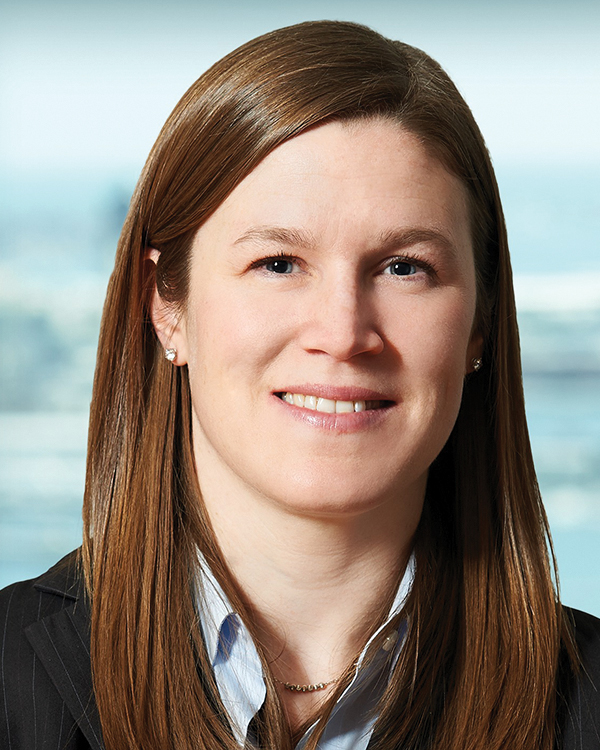

Common area maintenance (CAM) charges tend to be among the most heavily-negotiated provisions in a typical retail lease. As parties adjust to a rapidly changing retail industry, they should be mindful of the variables at play in selecting an approach to CAM that makes the most sense for their deal.
CAM charges are usually handled in one of two ways. For many years, the standard was that a tenant would contribute to the landlord’s CAM costs based on its proportionate, or pro rata, share of the shopping center. In recent years, there has been a trend toward “fixed” CAM provisions, in which the parties agree up-front on the amount of CAM charges to be paid by the tenant over the term of the lease (typically based on a certain dollar amount per square foot of the premises, with escalations built in over time), regardless of the landlord’s actual CAM costs. Also becoming common is a hybrid of these two approaches, in which the tenant’s CAM charges are largely fixed except for certain uncontrollable costs, such as snow removal, insurance, and taxes, which tenant pays based on its proportionate share.
Each approach to CAM has benefits and drawbacks. The chief advantage of a traditional pro rata CAM provision is that the amount paid by tenant should match the landlord’s actual CAM costs, excluding those items sophisticated tenants will specifically negotiate as exclusions that cannot be passed through by the landlord and included in CAM. The negotiation of these exclusions, and the risk of annual audits in connection therewith, can be time-consuming and costly for both sides. This is where the advantages of fixed CAM start to become apparent. Agreeing upon fixed CAM payments helps to streamline a protracted lease negotiation, allowing the parties to focus on concepts that are more important to them. Perhaps more important to tenants, fixed CAM provides certainty, although this approach requires careful due diligence and foresight on the part of the landlord.
Increased disruption in the retail industry, can be expected to complicate weighing the CAM approach that makes sense for a particular lease or shopping center and to render more difficult a landlord’s ability to anticipate the costs is likely to incur. For example, center “anchors” are evolving to include non-traditional retailers, such as retail distribution centers, data centers and fitness centers, which need expanded hours of operation and other conditions not applicable to the rest of the center. Similarly, as landlords continue to try to enhance customer experience to lure online shoppers back to brick-and-mortar stores, they incur new types of maintenance cost. For example, landlords incorporating omnichannel retail devices, parking sensors and other new technologies in their centers may find antiquated lease language or low-fixed CAM rates don’t adequately allow these expenses to be passed on to tenants.
We are also seeing more and more older centers being redeveloped into mixed-use properties wherein both landlords and tenants might be more comfortable with a fixed CAM approach in order to address the challenge of appropriately allocating operating expenses to different categories of uses within a single development. Due diligence on the part of the landlord and the tenant in terms of historic expenses, together with an eye toward potential future needs in an evolving center, can result in carefully and thoughtfully drafted lease provisions, allowing both sides to budget accordingly and avoid costly surprises down the line.
Erin Vanden Borre is an associate in Hinckley Allen’s real estate practice, Concord, N.H. and Sarah Lemke is a partner in Hinckley Allen’s real estate practice, Providence, R.I.








